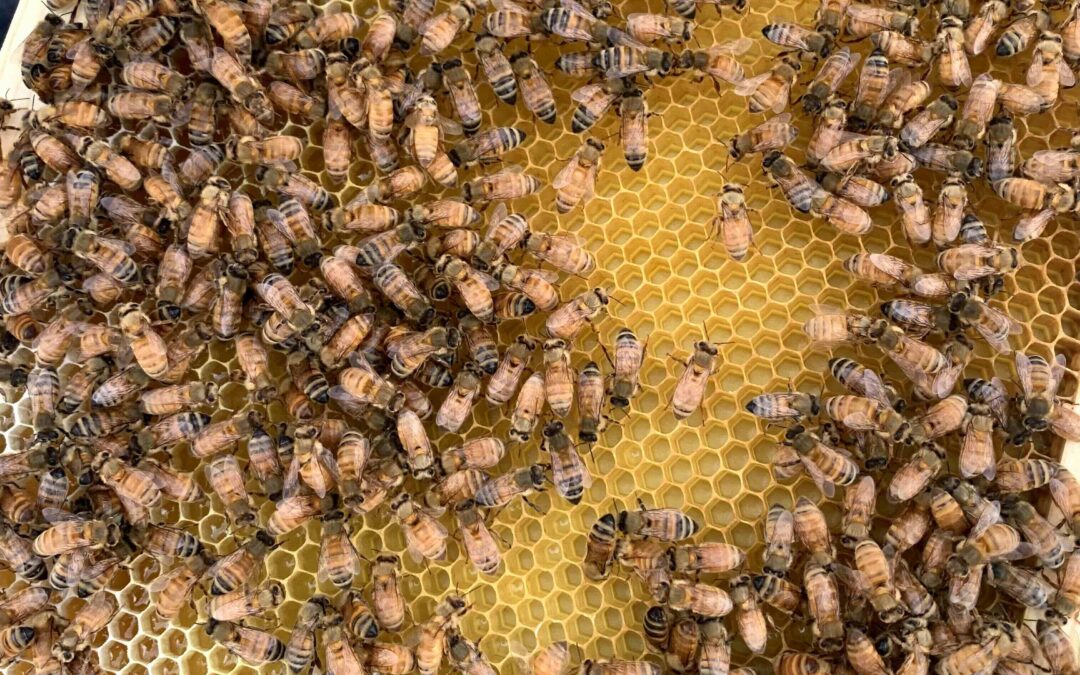In August, your beehive in the Bay Area, California, will be in the midst of the summer season. Here are some key tasks to consider:
- Monitor Hive Health:
- Check for Pests and Diseases: Varroa mites are a common issue. Perform mite counts and treat if necessary.
- Inspect for Diseases: Look for signs of American Foulbrood or other diseases and take appropriate actions.
- Ensure Adequate Ventilation:
- Heat Management: Ensure the hive has proper ventilation to prevent overheating. You might need to prop the hive lid slightly open.
- Provide Water:
- Hydration: Ensure bees have access to a water source. If natural sources are scarce, provide a water feeder.
- Assess Food Stores:
- Nectar Flow: Check if there is enough nectar flow. If natural forage is limited, consider supplemental feeding with sugar syrup.
- Honey Harvest: If the honey supers are full, harvest honey. Ensure you leave enough for the bees to sustain themselves.
- Hive Inspections:
- Regular Inspections: Continue regular inspections to monitor queen health, brood pattern, and overall colony strength.
- Requeen if Necessary: If the queen is failing, consider requeening to maintain a strong colony.
- Prepare for Fall:
- Population Management: Ensure the colony is strong enough to go into fall and winter. Combine weak hives if necessary.
- Pest Control: Continue with integrated pest management practices to keep the hive healthy.
- Maintain Records:
- Documentation: Keep detailed records of your inspections, treatments, and any observations to track the hive’s progress and plan future actions.
Regular monitoring and proactive management will help keep your hive healthy and productive during the hot summer months in the Bay Area.

